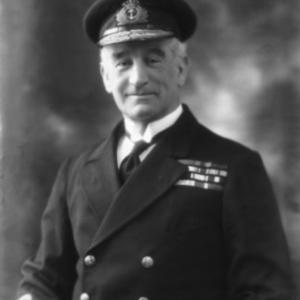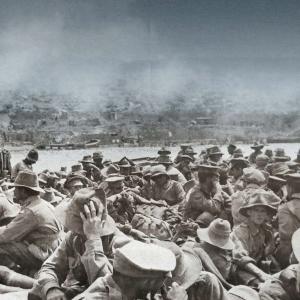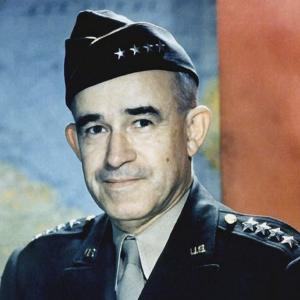
On this day in military history…
On 3 November 1950, the Chinese People’s Volunteer Army (PVA) launched a major offensive against United Nations forces in Korea, focusing their attacks on elements of the U.S. Eighth Army in the west and X Corps in the northeast. This was part of the larger Chinese intervention that began in late October 1950, when Chinese forces secretly crossed the Yalu River to halt the UN advance toward the border of Manchuria. The offensive on 3 November was one of the first large-scale actions showing the scale and determination of the Chinese effort.
At the time, the Eighth Army, under General Walton Walker, was advancing northward through North Korea. It was a confident army, having pushed the North Korean People’s Army back in just a few weeks after the successful Inchon landings. To the east, X Corps under General Edward Almond, which included U.S. Marines and Army divisions, was also pushing north toward the Chosin Reservoir. Both commands were advancing under the belief that the Korean War was nearly won, unaware that large numbers of Chinese troops were already waiting for them in the mountains.
The Chinese offensive of early November was marked by surprise and stealth. Chinese forces relied heavily on infiltration tactics, night attacks, and the element of surprise. Moving mainly at night and hiding during the day, they avoided aerial detection. They also used the terrain to their advantage, operating in small units that would surround and isolate UN positions rather than engage in open battle. Once the attacks began, bugles and whistles were used to coordinate assaults and confuse defenders. The Chinese soldiers were lightly equipped but extremely mobile, using the mountainous terrain to move swiftly and strike from unexpected directions.
The main Chinese forces involved were parts of the 38th, 39th, and 40th Armies of the PVA, which together numbered several tens of thousands of troops. Their goal was to strike at the stretched and overconfident Eighth Army units moving north along narrow valleys. They targeted Republic of Korea (ROK) divisions, such as the ROK 1st and 6th Divisions, which formed the forward elements of the advance, as well as American units like the 1st Cavalry Division and the 24th Infantry Division that were supporting them. The Chinese sought to test UN strength and gauge reactions while inflicting as many casualties as possible.
The defenders, though well-armed with artillery, tanks, and air support, were unprepared for the scale and ferocity of the Chinese tactics. Many positions were overrun during the night assaults, as Chinese troops used close-quarters combat to neutralize the advantage of American firepower. When UN units attempted to regroup or counterattack, they often found that communication lines had been cut and supporting units were already being hit elsewhere. Despite this, the Eighth Army and X Corps managed to hold their general lines, largely due to superior firepower and the ability to call in devastating air strikes once daylight returned.
In terms of numbers, the Chinese fielded roughly 100,000 troops during this initial phase of fighting, while the combined UN forces facing them numbered fewer than 80,000 in the affected sectors. Although the Chinese achieved several tactical successes, including the temporary capture of towns and the destruction of isolated units, they lacked the heavy weapons and supplies needed to sustain the attack. After several days of fierce fighting, the Chinese withdrew back into the mountains, leading some UN commanders to mistakenly believe the enemy had been defeated.
In reality, the 3 November offensive was only the prelude to a much larger assault that would come later in November, when the Chinese struck again in overwhelming numbers during the Battle of the Ch’ongch’on River and around the Chosin Reservoir. The early November fighting revealed the effectiveness of Chinese tactics—stealth, surprise, and night operations—against a technologically superior but overextended opponent. It also marked the beginning of a long and grueling phase of the Korean War, one that would see the front lines pushed back far to the south before stabilizing again near the 38th parallel.
The offensive of 3 November 1950 demonstrated that the war was far from over. The UN forces had underestimated the Chinese commitment and their ability to wage war in the harsh Korean terrain.










